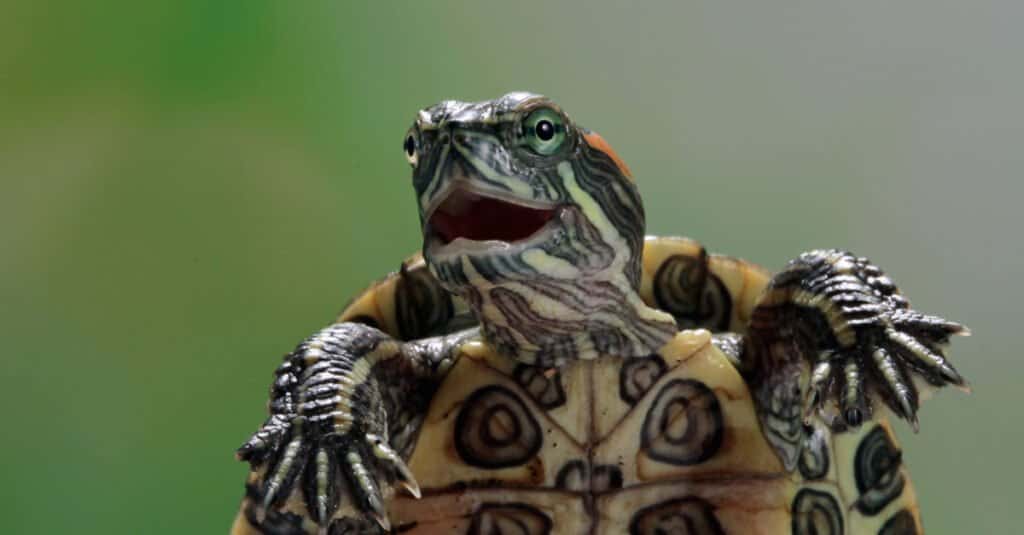Sea turtles are reptiles, not mammals. These remarkable creatures have been roaming the oceans for millions of years, captivating scientists and nature enthusiasts alike.
With their unique characteristics and important role in marine ecosystems, sea turtles continue to fascinate and inspire us. We will explore the fascinating world of sea turtles, including their taxonomy, physical features, and behavior. We will delve into their life cycle, diets, and the numerous threats they face in the modern world.
Join us as we dive deep into the world of these ancient and extraordinary reptiles, shedding light on their importance and the conservation efforts being made to protect them.

Credit: www.biologicaldiversity.org
Characteristics Of Sea Turtles
Sea turtles are reptiles, not mammals. They are known for their distinctive characteristics, such as their shell and flippers, and are well adapted to the marine environment.
| Are Sea Turtles Mammals Or Reptiles |
Classification Of Sea Turtles As Reptiles
Sea turtles are classified as reptiles, not mammals. They belong to the order Testudines, which includes turtles and tortoises. Unlike mammals, sea turtles are ectothermic, meaning they rely on external sources to regulate their body temperature. They have a bony shell, known as a carapace, which protects their vital organs.
Physical Features Of Sea Turtles
Sea turtles have streamlined bodies and flippers that help them navigate and swim through the water. Their shells vary in shape and coloration, depending on the species. They possess sharp beaks adapted for their specific diet and have large eyes to help them see in the dimly lit ocean depths.
Feeding Habits And Reproduction
Sea turtles are primarily herbivores or omnivores, depending on the species. They consume seagrasses, algae, and other marine vegetation. Some species, such as the leatherback turtle, feed on jellyfish. Sea turtles reproduce through internal fertilization, and the females lay their eggs on sandy beaches. After hatching, the young turtles make their way to the ocean, where they embark on a long and perilous journey.

Credit: www.nwf.org
Common Misconceptions
Sea turtles are reptiles, not mammals. Common misconceptions can lead to confusion about their classification. One reason why sea turtles are sometimes mistaken for mammals is their ability to breathe air. However, this is not exclusive to mammals, as reptiles like sea turtles also possess this characteristic. Additionally, sea turtles have a scaly skin, another trait commonly associated with reptiles. Their reproductive behavior, which involves laying eggs on land, further reinforces their reptilian classification. It is important to understand the key differences between mammals and reptiles to accurately classify sea turtles. Mammals are warm-blooded and give live birth, whereas reptiles are cold-blooded and lay eggs. These distinctions clearly place sea turtles within the reptile category. Proper classification is essential for conservation efforts and scientific understanding of sea turtles’ habitats and behaviors. In conclusion, sea turtles are reptiles, not mammals. Clarifying the misconceptions surrounding their classification is crucial for accurate understanding and conservation of these fascinating creatures.

Credit: a-z-animals.com
Conclusion
To summarize, sea turtles are reptiles, not mammals. Their characteristics, such as laying eggs, having a bony shell, and breathing air, align with those of reptiles. Understanding the distinction between reptiles and mammals helps us appreciate the unique features of sea turtles and their crucial role in maintaining the marine ecosystem.
Protecting these extraordinary creatures is essential for the conservation of our oceans and their biodiversity.





